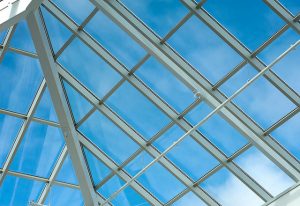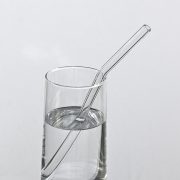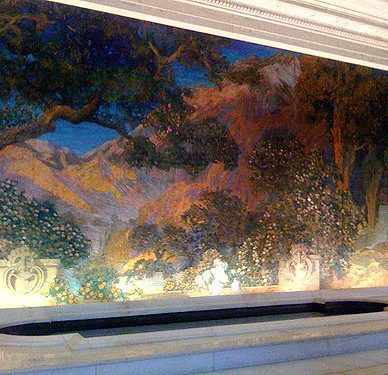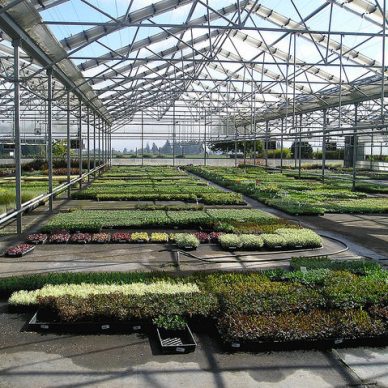Could regulations spell the end of glass buildings?
Regulations directed toward reducing energy consumption could spell an end to the glass buildings that have dominated the landscape architecture since the end of World War II. Glass façades are almost standard elements in building design today, but they don’t provide much cover when it comes to energy efficiency.
In addition to not being a great thermal insulator, glass façades often increase the amount of energy a building consumes in the summer, primarily by increasing the temperature inside the building. Increased internal temperatures mean increased use of air conditioning, and an increased load on power plants.
Proposed changes to Canada’s National Energy Code for Buildings that could take effect in 2017 could change the landscape for modern architecture. A new formula for calculating thermal bridging and a requirement for heat and energy recovery could mean that glass façades will no longer measure up for Canadian construction.
If adopted, the regulations wouldn’t actually prohibit the use of glass, but it would require more expensive glass in order to conform to the new rules. Commercial construction costs are always significant, so seeking less expensive or more readily conforming materials may lead to a change in building design.
Thermal bridging is at the center of one of the proposed changes. The term “thermal bridge” refers to areas of a building that have a much higher rate of heat transfer than materials around it. Without specialized coatings or formulations, glass has a limited ability to prevent the transfer of heat into or out of a building. Glass façades and windows are often the primary route for heat transfer. Under current rules, this heat transfer is calculated using a particular formula that many experts believe understates the amount of heat transfer due to glass.
The new regulations would require an extensive thermal analysis to identify and reduce heat transfer between the building envelope and the outside environment. Making a building compliant with new regulations could mean reducing the amount of glass and other low-quality insulators, and diminishing heat transfer as much as possible.
Other proposed changes to the code include regulations that would require minimum energy performance improvements for a building’s roof, windows and doors. The public comment period on the code changes closed on December 9, and the updated code is expected to be published sometime in 2017.
Glassprimer™ glass paint is a specialized glass coating that bonds permanently to glass surfaces. GlassPrimer also makes a glass surface molecular activator that is designed to work with UV-inkjet glass printing processes. Glassprimer™ glass paint can be used in both interior and exterior applications and can help reduce solar heat gain in some applications. For more information about Glassprimer™ glass paint, please visit the rest of our site. If you’d like to purchase Glassprimer™ glass paint, please visit our online store .
Photo Credit: Government of Prince Edward Island, via Flickr.com






